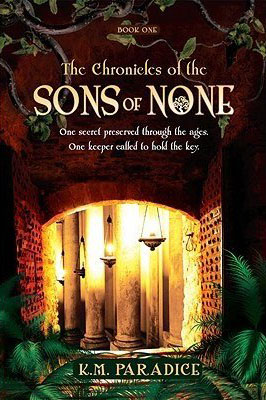Book Review by Terry James
 Israel is back in its God-promised land after almost 2 millennia of diaspora just as foretold. That nation is under incessant verbal assault by its hate-filled neighbors, the mainstream news media, and the international community. As has been Israel’s plight throughout history, it is the focal point of satanic rage. Its ancient enemies are aligned precisely as predicted, preparing to make their final attack. These facts constitute proof for many that Bible prophecy is in the process of fulfillment
Israel is back in its God-promised land after almost 2 millennia of diaspora just as foretold. That nation is under incessant verbal assault by its hate-filled neighbors, the mainstream news media, and the international community. As has been Israel’s plight throughout history, it is the focal point of satanic rage. Its ancient enemies are aligned precisely as predicted, preparing to make their final attack. These facts constitute proof for many that Bible prophecy is in the process of fulfillment
Author Bill Salus has, in my opinion, fashioned a unique and riviting literary look at Bible truth concerning God’s chosen people and these last days. He cobbles together fiction with nonfiction in such a way as to make what we see in our daily headlines truly seem to come alive. One senses he or she is living the experiences of the story’s protagonists, and the range of emotions engendered keeps the reader anxiously turning pages.
Iran’s nuclear threat, the Arab Spring, the toppling of long-ruling despots, and the power vacuum left in the wake–the realism presented vacuums the reader’s attention ever-deeper into the story. Israel’s security under attack from hostile powers abroad and wavering support by the U.S.–the nation that helped midwife the Jewish state’s birth into modernity–all are powerfully presented within this transfixing adventure through history we are in the process of living day by day.
I couldn’t better synopsize this novelistic look at things that are about to take place in reality than they way it’s given in the following description from a promotion piece for Revelation Road:
Modern dangers? Yes, but calamities foretold in the Bible thousands of years ago. Revelation Road explains the events occurring on our darkening horizon and their Biblical significance. America’s economic house-of-cards and political instability, the Rapture of the Church and the void created by its disappearance and the subsequent rise of a world religion. Experience the End Times through the eyes of the Thompson family.
George Thompson believes his grandson Tyler lives in the final generation. Lovingly, he prepares the lad for the treacherous road ahead. All young Tyler wanted was a chance to join his sister at Eastside Middle School in the fall, but Middle East war and nuclear terror in America turned Tyler’s world upside down.
Join them on their journey and discover how their gripping story uncovers the silver lining of hope against the backdrop of global gloom and doom.
Bill Salus has crafted a unique novel with a non-fiction commentary, that serves as an eye-opening herald call to all believers and non-believers alike!
Read Revelation Road and ask yourself, ‘What would you and your family do?’”
This is a book I can recommend with great enthusiasm.


